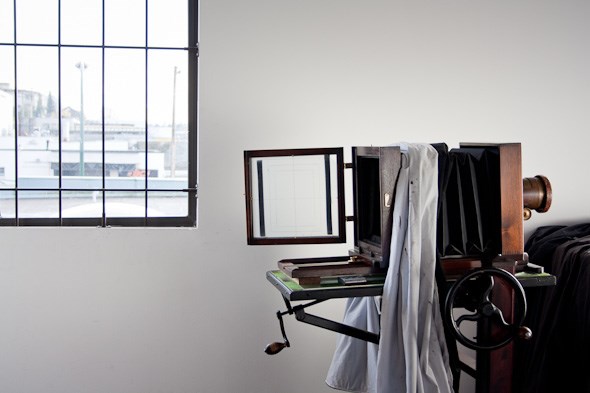
Camera at 's studio.
Do you remember the first time you sat for a portrait? If you're like me, it was probably a family session at Sears complete with uncomfortable attire and awkward smiles. Maybe you were a little more adventurous and jumped into one of those wild west photo booths at the PNE. If you were really lucky, you might've happened upon down on Granville Street and let him snap a candid on his Electric-Photo camera - to be picked up at his studio later that day.
Now I'm guessing that none of the options listed above would have produced the first photograph you'd ever seen of yourself. Polaroids have been around for a while, and these days its simply expected that a newborn baby will have at least a few cameras in his/her face before the first day is through. In the era of digital photography, an image of yourself is a quick click/swipe/tap away.
But have you ever wondered what photography must have been like back in the 19th century? When canvas and paintbrush gave way to experimental concoctions and large, mysterious boxes. When men and women must have gasped in amazement as their own likeness gradually revealed itself before their eyes.
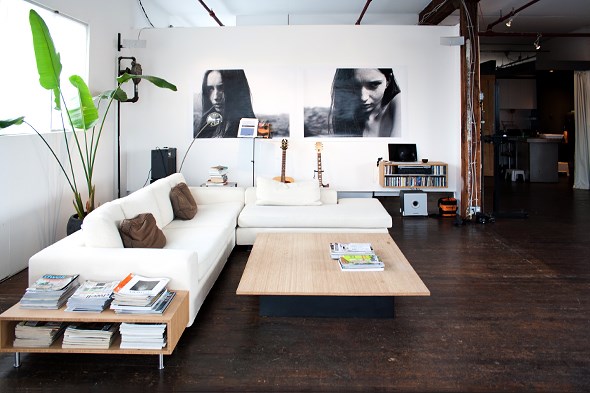
Well last week I had the chance to do a little time-travelling back to the era of collodion photography, with the help of . An established commercial photographer, Kenney recently decided it was time for a change and began teaching himself the wet plate collodion process.
Wet plate collodion was developed in the 1850s and soon replaced the daguerrotype, which was the first commercially successful photographic process. Requiring a mixture of pyroxylin with alcohol, ether, and a few other ingredients like silver nitrate, wet plate collodion isn't an easy process to pick up. Besides, once you're able to find all the required ingredients, you then need to master the art of coating, exposing, and developing the glass plates - all of which needs to be done within about 7 minutes, or before the plate dries.
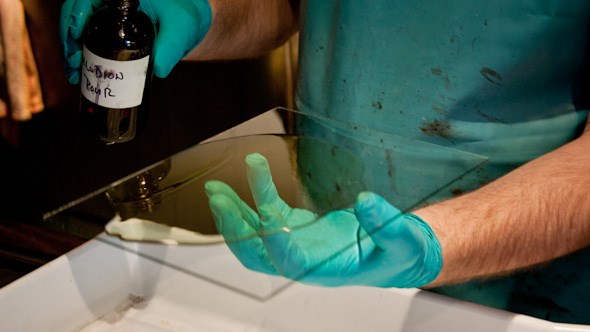
So why would anyone give up a DSLR and his/her choice of digital processing software to mess around with chemicals? For Robert Kenney, the answer was simple: wet plate collodion reintroduces surprise and unexpected photographic details. There are only a certain number of definable elements in this process, and it takes a fair amount of skill to be familiar with constantly changing solution balances, light requirements, as well as all of the other needs of the process.
More importantly, however, Kenney was seeking to foster a deeper connection with photography as an enduring art-form rather than a consumable snapshot, while at the same time celebrating the experience of the portrait sitting. Though the technique produces some of most detailed images of any other photographic process (there's virtually no grain/noise!), it requires subjects to sit absolutely still for anywhere from 20 seconds to 3 minutes. 3 Minutes! In this day and age? Do you know how many tweets I might miss in 3 minutes?
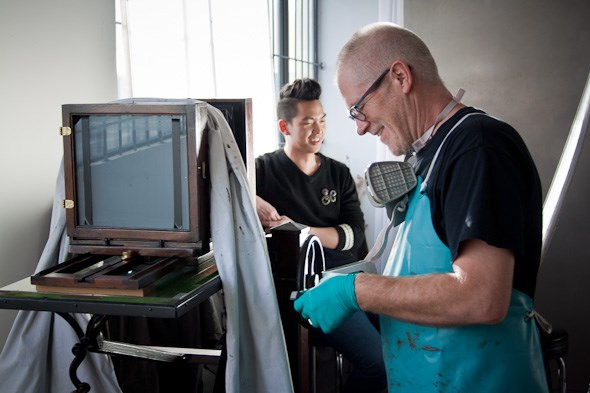
To Kenney, this opens the door to building relationships with his subjects and provides an opportunity to slow down and enjoy stillness, even if just for a minute or two. After the composition is set, the plate is prepared and delivered to his beautifully-crafted, 10x10, wooden camera. A door concealing the plate is raised, and the leather lens cap is lifted. In that moment, time stops. He turns away to prepare for the next step, and you're left suspended, focused, and still. You notice the room around you fade out of view as the camera begins to take on a presence you'd never felt before. It's an entirely intimate moment between you and this wonderful object, and you can't quite tell if it isn't listening to your very thoughts and dreams. Those soul-capturing stories from the early days of photography don't sound as far-fetched as you once thought, and the realization is no less than exhilarating. As quickly as it began, the lens cap is replaced and the portrait-to-be is coated in developer and immersed in a chemical bath.
If you've never had the chance to develop film before, watching an image form before your eyes is an experience that can't be missed. With great anticipation, we make haste to the darkroom and over the next few minutes shadows appear, a silhouette takes shape, and suddenly there you are. The image that forms is both a negative and positive, depending on what lays behind the glass. From here, Kenney digitizes the plate to produce long-lasting, high-resolution prints. Actually, they're more than prints. These are heirlooms, and likely the truest portrait of yourself you will ever see.
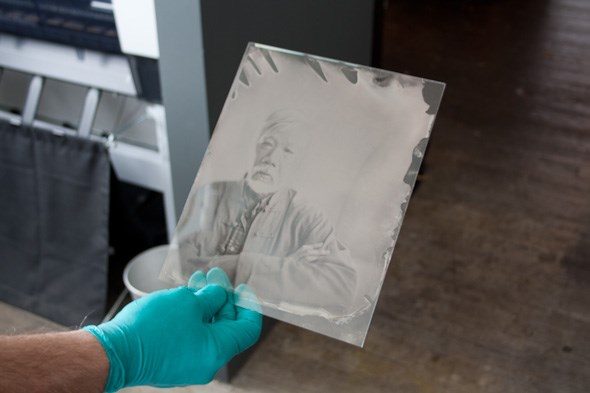
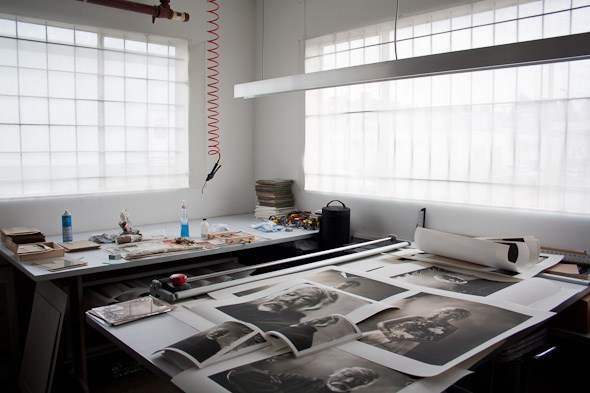
From start to finish, including the informal environment, the light snacks and drinks, the overview of the collodion process, the great conversation, and of course the portrait sitting and developing, I felt completely at home - not to mention inspired and pretty excited!
To see more of Kenney's photos, or to arrange a portrait session at his studio in East Van, check out
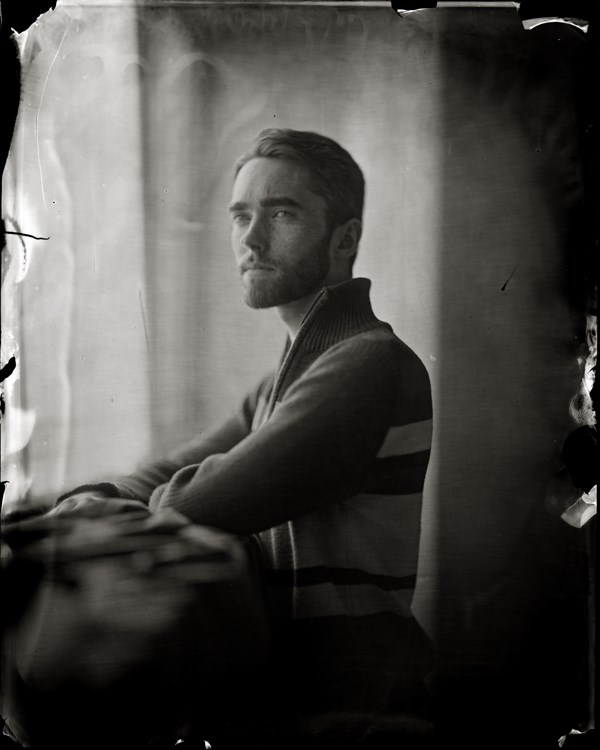
(Yours truly, courtesy of )


